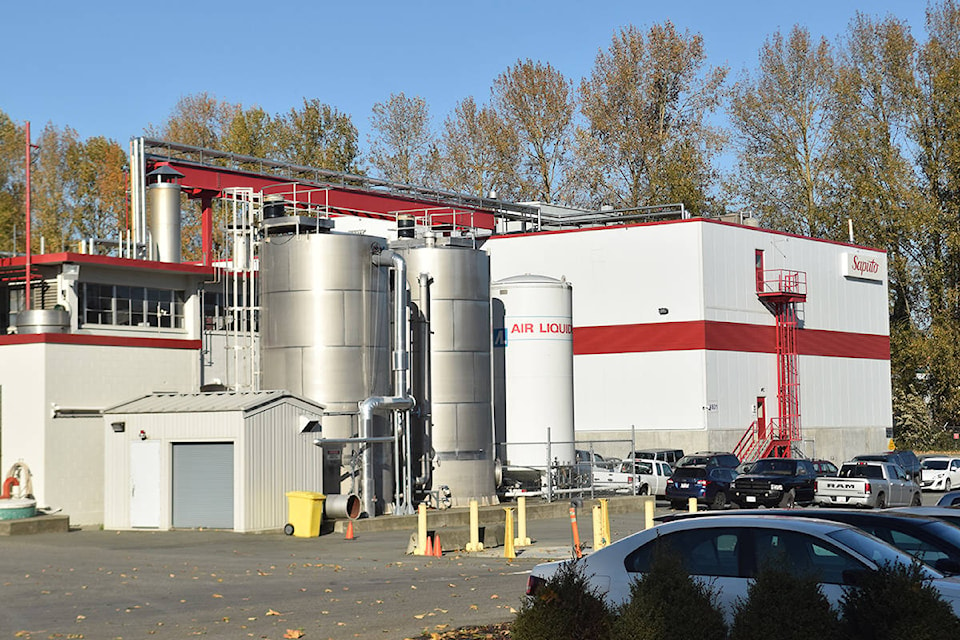Dairy giant Saputo has been acquitted of six Fisheries Act charges laid in connection with a 2013 waste-water spill at its Riverside Road plant in Abbotsford.
On April 21, 2013, a coupling failed and allowed 76,000 litres of waste water to escape a treatment facility and enter a storm basin.
The water then flowed from there, a creek where fish were known to live.
That incident triggered six charges for allowing a “deleterious” substance to enter fish-bearing water.
One charge had been earlier quashed after the judge ruled there wasn’t any meaningful evidence related to that count.
And in October, following a four-week trial spread over 10 months, a judge found Saputo not legally liable for the spill.
For four of the charges, the judge said it wasn’t certain that a harmful substance had entered the plant’s lift station, pH control system, and a vital pipe, storm catch basin.
The judge did find a tank was contaminated by the waste water.
However, the judge found that neither the coupling failure nor the subsequent spill into the creek were foreseeable by Saputo, and therefore the company wasn’t guilty.
“I am also of the view that Saputo made reasonable inquiries and took reasonable steps when constructing the waste water treatment system and it was not blind to the potential of a leak or spill,” Judge G. J. Brown wrote in the decision.
Brown wrote that decisions made by the company in constructing its waste-water plant “were made based on appropriate engineering advice at the time.”
However, the judge also noted that Saputo could have foreseen that if a spill did happen in above-ground structures at the plant, the water could reach the creek.
That was because Saputo hadn’t built a secondary containment facility at the site.
However, Brown wrote that for a guilty verdict to have been reached, the “particular event” – the coupling failure – had to have been foreseeable.
The judge also noted that no secondary containment was required, and that many municipal waste-water treatment plants don’t include such a containment facility.
